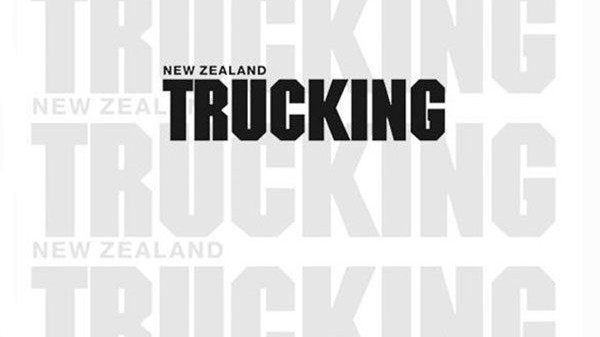The art of deception

The poem Marmion: A Tale of Flodden Field, composed by Sir Walter Scott in 1808, includes the line, ‘Oh what a tangled web we weave when we practise to deceive.’ This is often interpreted as meaning something that has been made deliberately hard to comprehend or understand. We see this everywhere today – cleverly mastered deception designed to fool us into believing everything is in good hands and under control.
Perhaps we should be grateful that those whose job it is to serve us, i.e. public servants, are only too willing to put the academic knowledge they have acquired over the years to use, even if they twist this around to suit their own delusionary purposes.
Take, for example, the proposal to ‘centralise’ New Zealand’s water management and the large advertising campaign to convince us that this is good for all because they – the officials – have decided it is. I believe what is proposed is more akin to nationalisation, but that is not a word we use anymore because of its connotations with the past. To offer local bodies what is, basically, a bribe to support the proposal is immoral, especially when the money on offer is our money in the first place. In a nutshell, the proposal will see taxpayer money – our money – used to buy assets that we already own and have largely paid for. So, the wall of deception gets built.
The Clean Car discount scheme to bring the purchase price of electric vehicles down to a level where, in theory, they will become more affordable is another example of this deception. While I am not an economist, logic tells me that somebody somewhere is covering the cost of this discount, and I have a funny feeling it is taxpayers. That the prices of EVs have gone up since the discount scheme was announced should not be surprising.
Then there is the Hamilton-to- Auckland passenger train, which the government led us to believe would revolutionise passenger transport between the two cities. From what I read, it is grossly under-patronised and heavily subsidised by money predominantly collected through road-user charges under the guise that it will be used for roading but can now be syphoned off for other purposes such as building cycleways.
We learn that the government is spending millions to re-establish rail-wagon assembly in Dunedin. Announcing this, along with other financial support for KiwiRail, State Owned Enterprises Minister David Clark said it would “make our railways more self-reliant”. As has been shown in the past, rail needs road freight to be efficient. Without it, rail cannot deliver the goods to the standard customers expect, so where is the same level of support for our industry as the essential link in the supply chain between the customer and rail?
The project should result in greater employment opportunities, which is a good thing. Still, I found a certain amount of irony in what the minister also said – that “improved use of rail would help cut New Zealand’s carbon emissions”. Presumably, the new wagons will be manufactured in China and then shipped to New Zealand as kit sets, almost like a return to the days when cars and trucks were assembled in New Zealand from CKD packs? (This, as an aside, was an industry decimated by the Douglas/Prebble reforms of the 1980s that also saw the demise of the large government departments, such as the Ministry of Works, which were the training grounds for many who then went on to work in the private sector.)
The steel for the wagons will almost certainly be manufactured in China using coal and iron ore mined in Australia and transported from the mines to the ships by trucks most likely driven by New Zealanders who moved over there because they could get better money.
It is becoming increasingly difficult to understand current public service thought processes. But then, if these ideas are designed to make us believe all is well and everything is in safe hands, the government is succeeding
The Accidental Trucker
Read more
Most things come in trucks
0 Comments5 Minutes
It could be a lot worse
0 Comments6 Minutes
Wielding the razor
0 Comments3 Minutes
What way are we heading?
0 Comments6 Minutes


